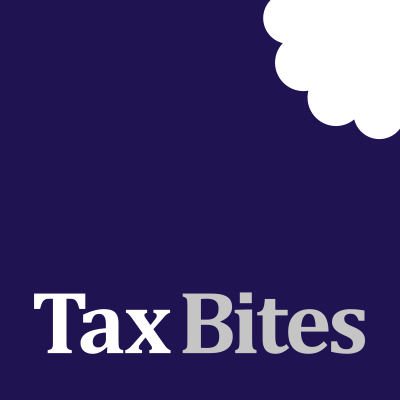
10% rates of tax on incorporations
8th April 2022
Posted in Articles, Capital Gains Tax by Tom Minnikin
Remember the good old days, a decade ago? Back then, it was possible for business owners operating outside of a limited company (i.e., sole traders and partners in partnerships) to sell their business to a limited company in exchange for a loan account. Such a disposal would trigger a capital gains tax liability on any chargeable assets (usually goodwill) but could qualify for Business Asset Disposal Relief (‘BADR’) (or Entrepreneurs’ Relief as it was then known), thereby limiting the rate of tax to 10%.
Furthermore, the company could usually obtain a corporation tax deduction for amortisation of the goodwill. Hence, why incorporations, particularly of professional practices, were so popular back then.
The issue
Sadly, George Osborne put a stop to this avenue of pleasure by introducing a restriction within the BADR rules from 3 December 2014. The rule provides that where assets are transferred by an individual or partnership to a close company in which they hold more than 5% of the shares or voting rights, then any goodwill-related gain arising from that transfer will not qualify (other than in very limited circumstances) for the 10% BADR rate of tax.
In a further blow, the corporate intangibles legislation was amended to prevent the company from obtaining amortisation relief (the rule has since been relaxed, slightly, but that is for another article).
The fine print
The 2014 changes fundamentally changed the outlook for incorporations. It is probably fair to say that the psyche of advisers has since moved towards forms of incorporation which do not trigger capital gains e.g. where the company issues shares instead of cash consideration, such that incorporation relief applies (s.162 TCGA 1992).
However, this ignores the fact that, often, there will be chargeable assets held by the business other than goodwill. The 2014 changes did not affect the ability to qualify for BADR in respect of other types of asset. This may still make it worthwhile to go down the incorporation/loan account route in some cases.
Example
Mr Gates began operating as a sole trader in 2000, providing IT support. As the business evolved, he developed specialist software which is now highly valuable in its own right. The business is estimated to be worth £3 million, of which it is deemed one third relates to the software, and the rest is goodwill.
If Mr Gates was to incorporate, he would trigger gains of £3 million. However, £1 million, because it relates to software, would qualify for the 10% rate of BADR. Furthermore, if Mr Gates wished to, he could avoid triggering the gain on the goodwill element by choosing to transfer it to the company for no consideration and claiming Business Asset Gift Relief (s.165 TCGA 1992).
Forbes Dawson view
In the right circumstances, it may still be tax efficient to incorporate using the loan account route. Where non-goodwill related intangibles are present, such as software and other types of intellectual property, the business owner may still be able to obtain the benefit of BADR. However, care needs to be taken to ensure that such transfers are not subject to income tax (sales of patent rights, being one example).



